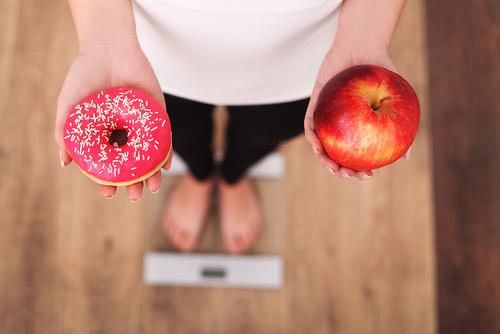What do you say when a pretty wacky idea is ostensibly promoted by a well-respected scientist? Well, you (politely) have to say that the idea is rather wacky. The idea I'm thinking of was suggested by leading neuroscientist Wolfram Schultz of Cambridge University. Professor Schultz' research has focused on the roles and activities of brain neurotransmitters, and one of them, dopamine, is reportedly the basis for this latest idea.
And the suggestion is to combat obesity by mandating that fast foods and so-called "junk foods" be packaged in plain brown wrappers, much as pornography used to be in more discreet times. So instead of French fries coming in a little, bright red cardboard scoop, I guess that scoop would be boring tan cardboard if this idea were actually used. So as far as fast food goes, somehow that doesn't sound too realistic. Can you see a scenario in which a portly person walks into a McDonalds, for example, sees that the burgers and fries are enveloped in plain brown paper and decides to go to Whole Foods for a tofu burger instead? I can't.
And when you consider the plethora of snacks and candy in the grocery store, let alone any convenience store, we might well wonder if we wouldn't cause the price of brown wrappers to spike and make these items more expensive (I guess Prof. Schultz would see that as a good thing).
But more seriously, Professor Schultz is basing his suggestion on his well-respected research on dopamine. According to the article, "Professor Schultz says that the way fatty and sugary food is packaged triggers signals in the brain that obese people can’t resist. Brightly coloured wrapping makes unhealthy products look more appealing, leading us to buy more and eat more as a result." I do have a couple of problems with this formulation.
First, would such bright wrappings not trigger signals in the brains of non-obese people as well? I mean, the advertising industry is huge because its practitioners know how to influence people's choices — all people. And second, if we did get people to eschew chips and chocolates because of their wrappings, what would they go for instead? And would that substitute contain fewer calories?
Perhaps, but only perhaps, taking bright colors and fun images off items directed towards children (think cartoon characters on cereal boxes) might allow parents to get through that aisle in peace, and help influence kids' choices. But some research would be necessary to prove that point.
It doesn't seem likely, however, that an adult whose preferences are already set would be so strongly influenced by changing the wrapping on a favorite snack that he or she would decide to forgo it.
No, unless future research provides substantial evidence to the contrary, this manipulation seems unlikely to me to help stem the tide of obesity that threatens to overwhelm our health care systems.




